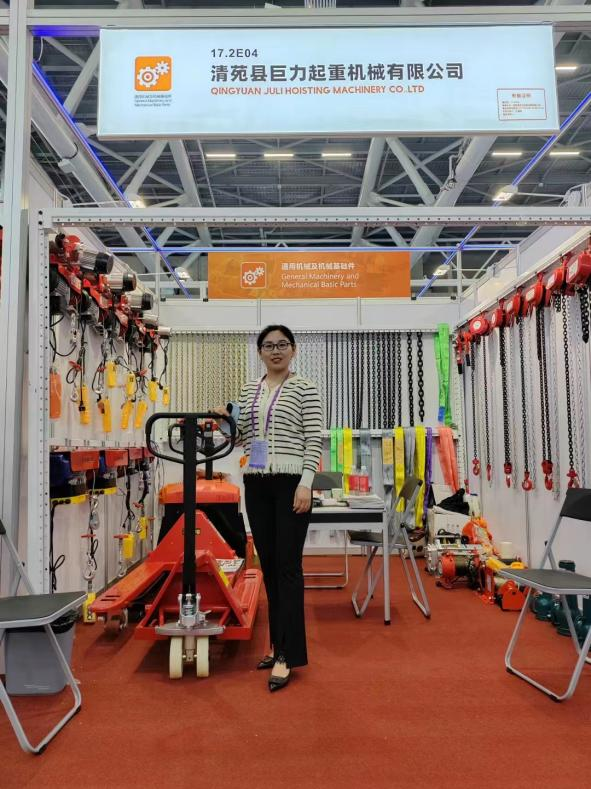


Safety Equipment for Working at Heights
Working at heights is an essential aspect of various industries, including construction, maintenance, and telecommunications. However, it also poses significant risks, making it crucial to adhere to safety protocols and utilize the proper safety equipment. The importance of safety equipment cannot be overstated, as it plays a vital role in preventing accidents and ensuring the well-being of workers engaged in elevated tasks.
Understanding the Risks
Before delving into the types of safety equipment required for working at heights, it is essential to understand the risks involved. Falls are one of the leading causes of workplace injuries and fatalities. According to statistics from the Occupational Safety and Health Administration (OSHA), falls contribute to a significant percentage of all workplace deaths. Factors such as unprotected edges, unstable surfaces, and improper use of ladders and scaffolding can increase the likelihood of accidents. Therefore, it is imperative to prioritize safety measures when working off the ground.
Essential Safety Equipment
1. Personal Protective Equipment (PPE) One of the most critical components of safety when working at heights is the use of personal protective equipment. This category includes helmets, safety goggles, gloves, and steel-toed boots, which protect workers from falling objects and potential injuries. A properly fitted hard hat is essential for head protection, while safety goggles shield the eyes from debris and other hazards.
2. Harnesses and Lanyards Fall protection systems are integral to maintaining safety while working at heights. Full-body harnesses are designed to distribute the forces of a fall across the body, reducing the risk of injury. Harnesses should be used in conjunction with lanyards and anchorage points to secure the worker. It is crucial to choose the right body harness and ensure that it is fitted correctly to maximize protection.

3. Guardrails and Safety Nets Installing guardrails and safety nets can significantly mitigate the risk of falls. Guardrails provide physical barriers that prevent workers from falling off edges, while safety nets catch personnel in the event of a slip or fall. Organizations must ensure that these systems are installed according to safety standards and regularly inspected for integrity.
4. Ladders and Scaffolding The use of ladders and scaffolding is common in height-related jobs. It is vital to select appropriate ladders that meet safety regulations, including those with non-slip surfaces and stable bases. Scaffolding must be erected and maintained following strict guidelines to provide a secure platform for workers. Regular inspections and proper training in the use of these tools are essential for safe operations.
5. Rescue Equipment In the unfortunate event of a fall, having a rescue plan and equipment is crucial. This includes devices such as descent devices, rescue harnesses, and first aid kits. Employers should ensure that all workers are familiar with the rescue procedures and that equipment is readily available and in good condition.
Training and Awareness
In addition to providing proper safety equipment, training is paramount. Workers must be educated about the risks associated with working at heights and how to use safety equipment effectively. Regular training sessions, safety drills, and ongoing education can cultivate a culture of safety that empowers workers to recognize hazards and respond appropriately.
Conclusion
Safety equipment for working at heights is not merely a regulatory requirement; it is a necessity that ensures the health and safety of workers. By understanding the risks, utilizing the proper protective equipment, and fostering a culture of safety through training and awareness, organizations can significantly reduce the likelihood of accidents and create a safer working environment. Prioritizing safety is not just about compliance; it is about preserving lives and ensuring that everyone returns home safely.



